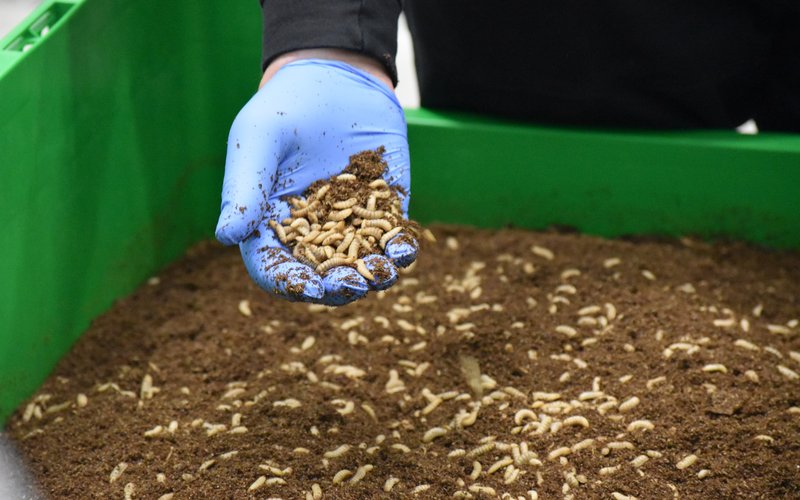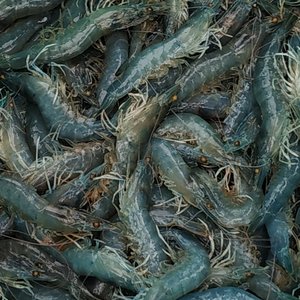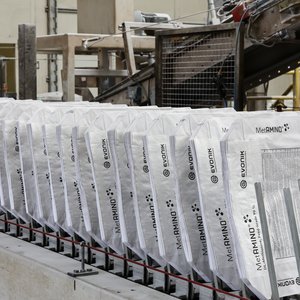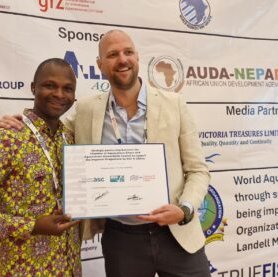Insect meal has been proven to be a good protein source to be added to the raw material basket in aquafeed mills. Being only a few years old, the insect industry is still on its path to scale. High costs, and thus prices, limited production capacity and legislation are the main factors limiting the growth of the sector to comply with the potential demand.
How production costs and final insect meal prices can be reduced to allow a more rapid scale-up and wide use, especially in aquafeeds? It depends on many factors, but mostly on the improvement and reduction of insect production costs. In the early stages, insect production was small scaled but it has moved to an automated, technology-driven industry with more efficient insect farms.
One of the key stakeholders in this technology development has been Bühler Group. The company entered the insect segment six years ago and offers complete insect plants. Bühler’s global presence allows the development of projects and customer support anywhere in the world, currently working with customers in Europe and the US and also developing solutions for China, where the company also sees opportunities.
Building a new process from scratch was not an easy task. “The industry was very young, therefore, many aspects, such as market, regulation and technology were unclear. Now, we have a better picture. We have a good understanding of the market landscape, we have developed and patented technologies along the value chain and we leverage core competences like automation and digital solutions,” Mariana Nieto de León, product manager at Bühler, told Aquafeed.com.
How to improve the efficiency
Insect production has evolved into an automated process but there is still room for improvement. “Starting from larval production, a key point is offering the best feed recipe to the larvae that meets the larvae nutritional requirements and is efficient to convert. A good genetic strain will also have a better conversion rate and will influence the amount of insect-based ingredients we obtain as well as adjust the climate settings to provide the insects with the best conditions to grow. Moving down the value chain, optimizing the technology to better extract the nutrients from the larvae, such as insect meal and lipids, will also increase the yield capacity. And of course, insect plants can incorporate data-driven solutions, which provide insights about the most relevant KPIs to detect inefficiencies and optimize production,” Mariana said.
Insect production is an energy-demanding process since plants incorporate climate control to raise the insects. “We are currently working on how to make a plant concept more energy efficient to optimize the figures not only in energy consumption but also on how much water is used and how it influences the operational costs,” Mariana explained. “The insect industry has not reached a mature phase, meaning that there is still room for optimization. Today, we have the best technology but we are still finding new ways to reduce even more energy and water consumption, CO2 emissions, etc. Our customers are requesting these solutions since they mean fewer costs and sustainability-driven improvements."
Genetics is a key part to improve the efficiency of insect production. Despite not being directly involved in genetics developments, Bühler has been considering genetics first from a more theoretical part to a more industrial scale level now, to find out the influence of different strains on the yield. “We are interested in finding companies that can give more insights about this and eventually, we could establish more close collaboration. We know that this is a very important factor that we shall not miss if we think about increasing the production,” Mariana stated.
One of the potential issues during the production process is preventing pathogens. The good news is that black soldier fly has a very strong immune system highly resistant to pathogens, which is one of the reasons this species is being widely used in the industry. “We have decontamination steps and checkpoints to ensure nothing compromises safety. The way we design the plant concept minimizes the risk of diseases and safety threats since we have all perspectives covered,” Mariana explained.
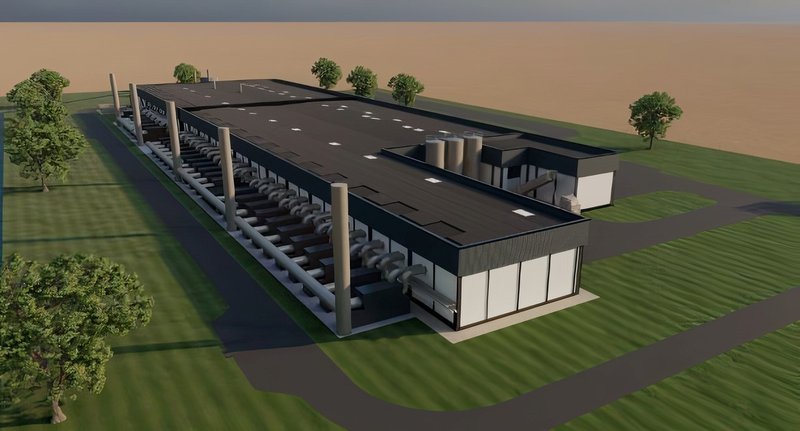
Insect facility. Credits: Bühler Group
Insect Technology Center
Bühler opened an Insect Technology Center in 2021 in Uzwil, Switzerland. The center aims to support customers and be an R&D facility to develop Bühler’s own technology.
“It is a pilot scale facility where many parameters can be tested before implementing them on an industrial scale. For example, we can test different feed mix recipes, how they affect the larvae growth performance and how much protein is expected to be produced. It works with black soldier fly and mealworms. We not only support trials but also provide training for current customers or new companies that want to enter the insect space. There are not many centers like this that can provide insights at that high level of knowledge,” Mariana said.
Looking forward
The two main species that are currently being grown are black soldier fly and mealworm, but there are other potential candidates. “Currently, we are focusing on these two because they are the most suitable for industrial-scale production. Black soldier fly, for example, have a very fast growth cycle and are very resistant to pathogens. The mealworms are approved for human consumption in the European Union. Most of our customers are focused on these two species. I think they will dominate the market in the next 5-10 years. If new market-relevant species arise, we could leverage our knowledge and technology to develop new solutions for our customers,” Mariana said.
The company also sees an opportunity in supporting the kitchen waste challenge since it will be very relevant in the future. “The technology is not there yet at an industrial scale to serve this kitchen waste problem but we will be there in the future. Some governments are very interested in supporting initiatives that help better deal with complex residues such as kitchen waste,” Mariana explained.
“Within this industry, there are still many opportunities to explore, in all stages of the value chain. With more players operating at large capacity, we expect the production costs to decrease so that the insect protein price achieves more competitive prices. We expect insect protein to move from a niche to a commodity ingredient in the next few years, with aquafeed, per food and poultry still dominating as the main markets,” Mariana concluded.


